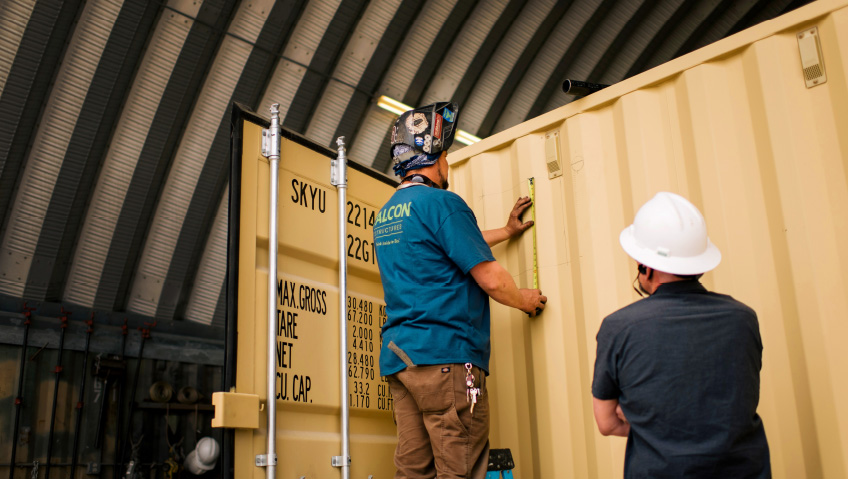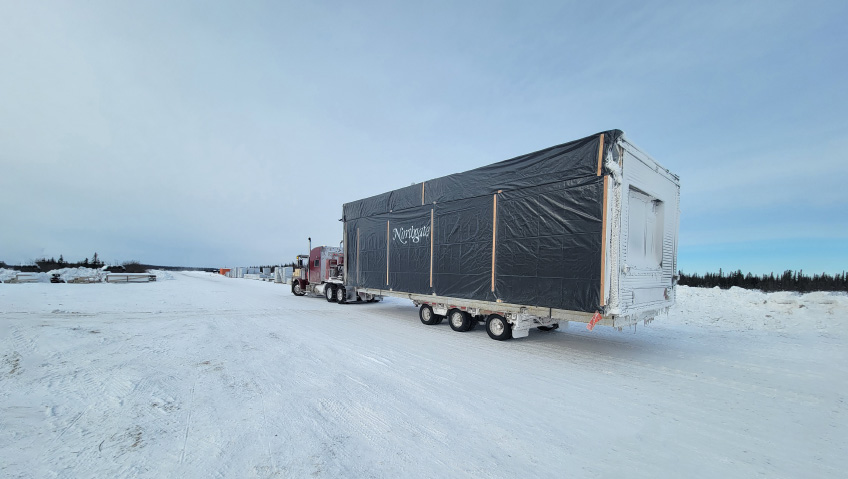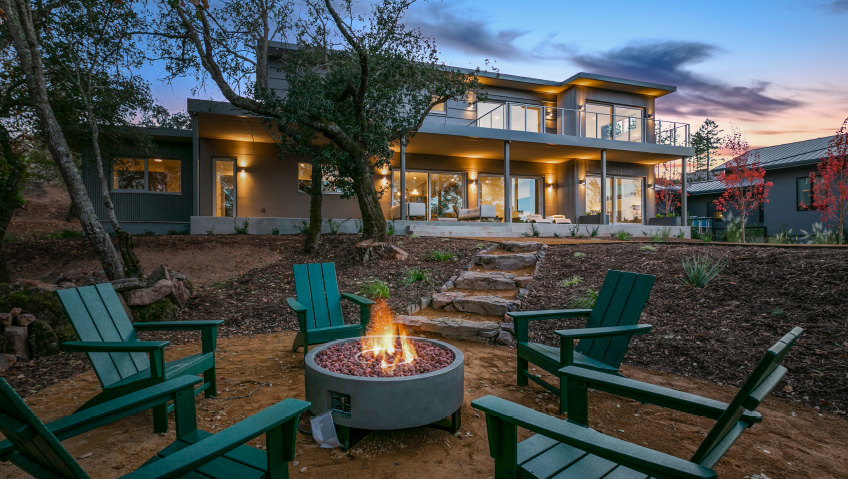Every construction project stems from a client’s need. But it is the details that set it apart, bring it to life, and, quite literally, make it all come together.
To construct a building, architects first take the client’s need or desire and add their vision and expertise to put a design on paper. Once that design fully reflects what the client wants, a structural engineer steps in to design all structural members to meet the loading requirements of the structure. In the case of a steel structure, between the structural design and the erection of the structural steel building, the project gets passed to the steel fabricator, typically awarded through a bidding process. The fabricator then needs a steel detailer, who is tasked with taking the architect’s and structural designer’s plans and adding the details.
The term “details” in the context of a structural steel building means all steel connections between the structural steel members as well as any other steel parts of the structure that require fabrication. A few examples include steel handrails and stairs, ladders, bollards, fencing or guards, mechanical openings and frames, and similar.
The detailers are the ones responsible for connection design; they are the ones who figure out how to make the building go together, create shop drawings of every single steel member—every beam, column, brace, joist, or girt—and part for the steel fabricator, and produce drawings for the erection contractor. Think of it as the cover on your puzzle box that tells you how to put your building together: a step-by-step instruction guide for your new building. The detailer is also responsible for the creation of all the computer numerical control (CNC) files used by the fabricator to cut and drill various steel parts mechanically, with the aid of some very interesting modern machinery.
While some steel fabricators have their own in-house detailers, as a professional engineering technologist who specializes in steel detailing with experience in structural design and drafting, it is easy to see the value in working for a firm that is positioned in such a way as to provide a “one-stop shop” for diverse structural steel structures. With many decades of combined experience, Fusion Engineering Inc. has tackled a large variety of projects, including everything from simple warehouses and office buildings to schools, large-scale arenas, hospitals, and aircraft hangars, to name a few.
Founded by Denis Mallet, P.Eng., a structural engineer and welding engineer, as well as Geoff Breau, C.Tech., a welding engineering technologist, Fusion’s team is knowledgeable in all the areas of expertise required for structural steel design and detailing. Located in Moncton, New Brunswick, Fusion primarily works on projects in eastern Canada; however, we’ve worked on projects all over the country.
Having structural engineers on staff as a steel detailer is particularly valuable because we can look at a design from both aspects. We understand what the architect is looking for in their finished project, and we know what the workers who have to put the building up in real-world conditions need—or want—to see when the steel shows up on site. In our case, at Fusion Engineering, it’s beneficial to have structural engineers, and even a welding engineer, as part of the company, providing all the expertise needed to bridge that gap between the architect and the finished product; we can fill all those roles.
When a firm such as Fusion acts as structural designer and detailer, we can troubleshoot any problems that come up immediately. Being a small firm, we can come up with a solution right away, change the model, change the drawings—it can happen in a matter of minutes. So for scheduling purposes alone, the engineer and detailer being under one roof, and the detailer being involved directly, is advantageous.
Indeed, the detailer becoming involved early on in the process affords a number of advantages to the end customer. We can provide input on what kinds of connections will work best, both for new builds and retrofits or renovations. We can often build in tolerances or propose ideas for connections the client may not have thought of because we work closely with the person who has to put up the end product.
‘All in the details’ really is the motto for a steel detailer; it may seem obvious, but it’s apt. A proper 3D model of a steel building contains all the details, from the structural steel members to the small steel parts in the connections between them, and even down to each bolt and weld. A relatively simple square building with little architectural detail will still have numerous drawings, while a moderate or large structure will necessitate several hundred drawings.
At the end of the detailing process, reports can be generated citing exact quantities of everything steel in the model—even numbers of bolts, their lengths and sizes. For professional technologists, the Building Information Modelling (BIM) technology they use every day to produce technical drawings and reports is astounding, and truly does put into perspective the kind of talent and skill our predecessors who worked with pen and paper really had. Even with modern BIM software, steel detailing still requires many hundreds and sometimes even thousands of hours for even moderate-sized projects.
While detailing steel structures can be meticulous and time-consuming, it’s one of the most critical parts of the entire design process. Getting it wrong at this stage can cause major delays and costs on site or in the fabrication shop. This isn’t to suggest that steel detailing isn’t rewarding or satisfying; quite the opposite, in fact. There’s nothing quite like seeing a 3D model you’ve created of someone’s design and vision turned into the end product for the client. This isn’t unique to steel detailers, of course; all parties involved in the construction of a structure take immense pride in their work, as they should. But there is something special about looking at the structural members and more specifically, the connections between said members, and knowing you played a part in making it all come together.






